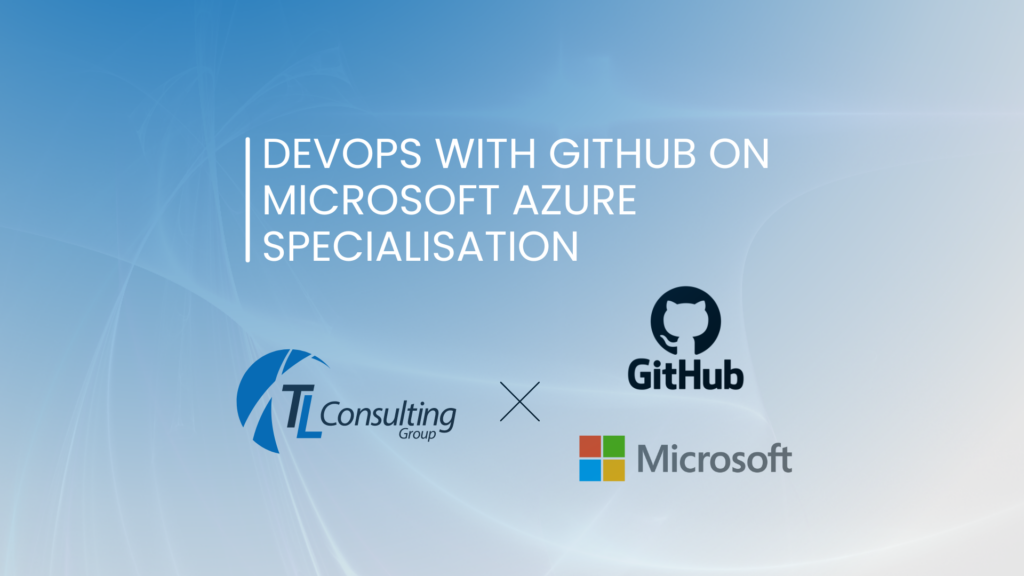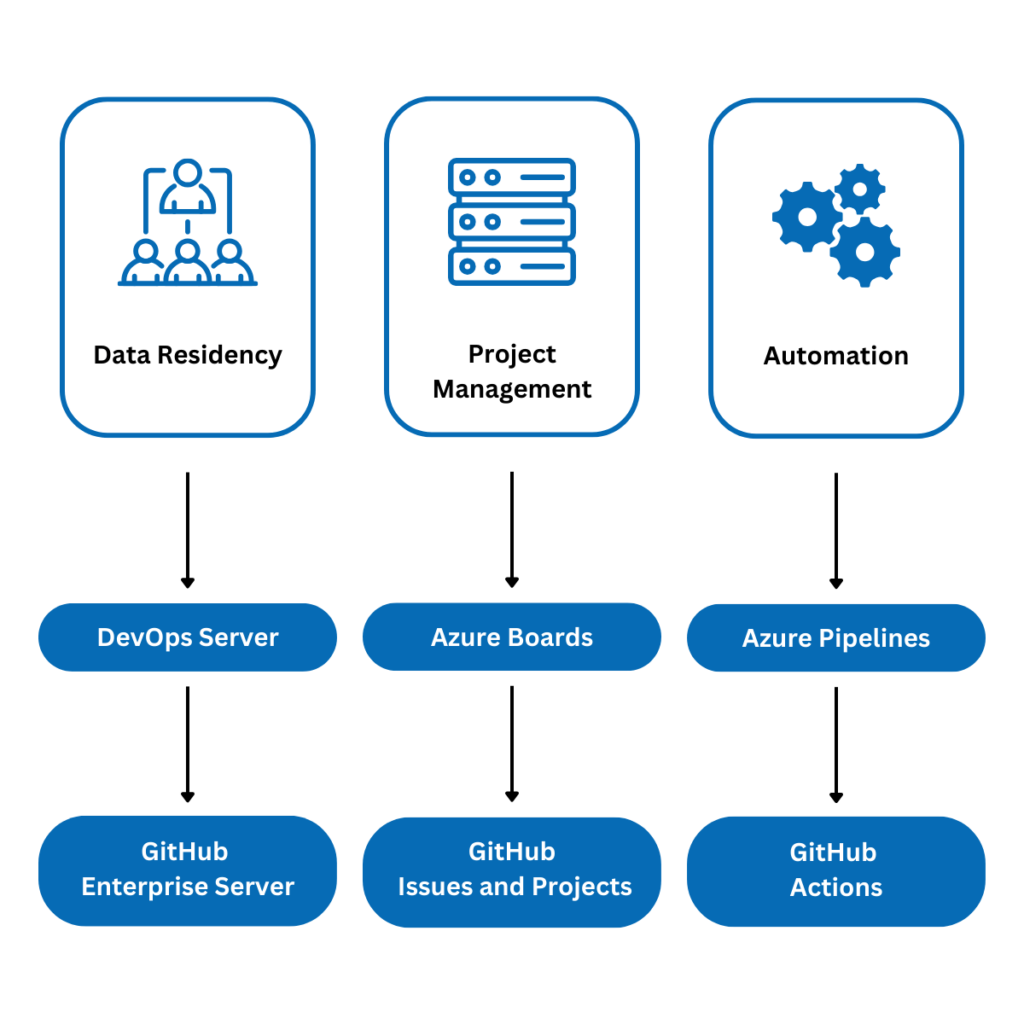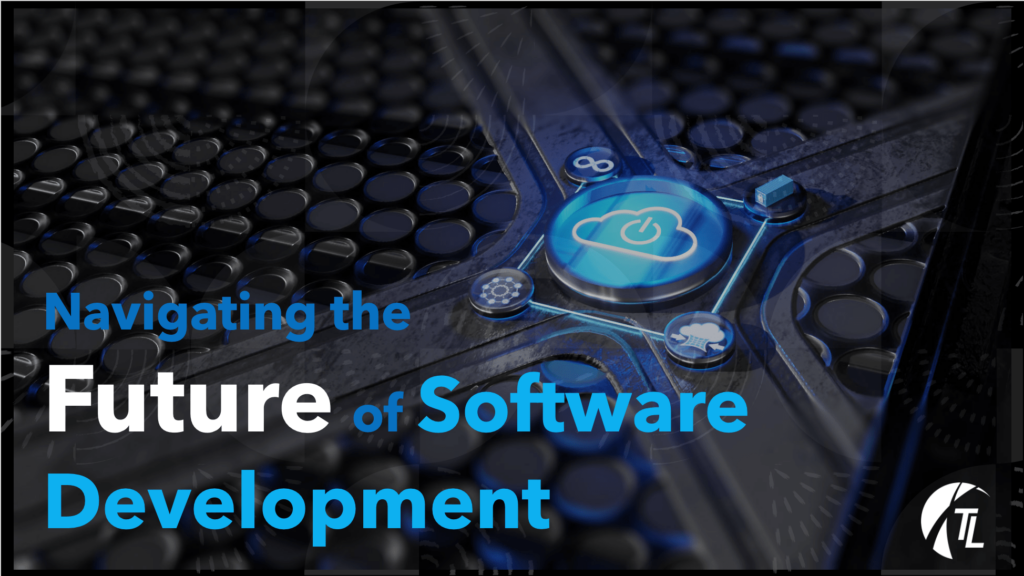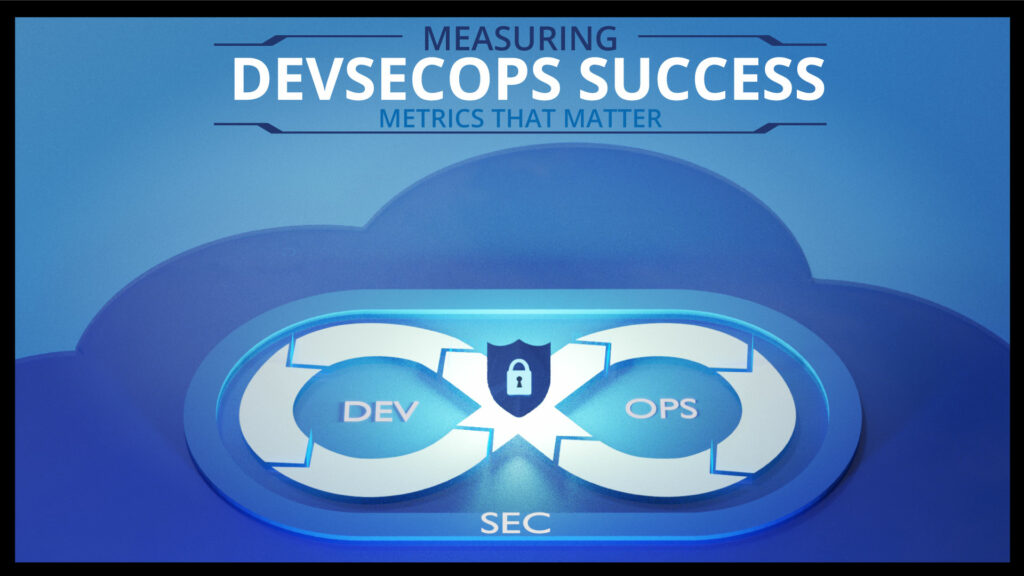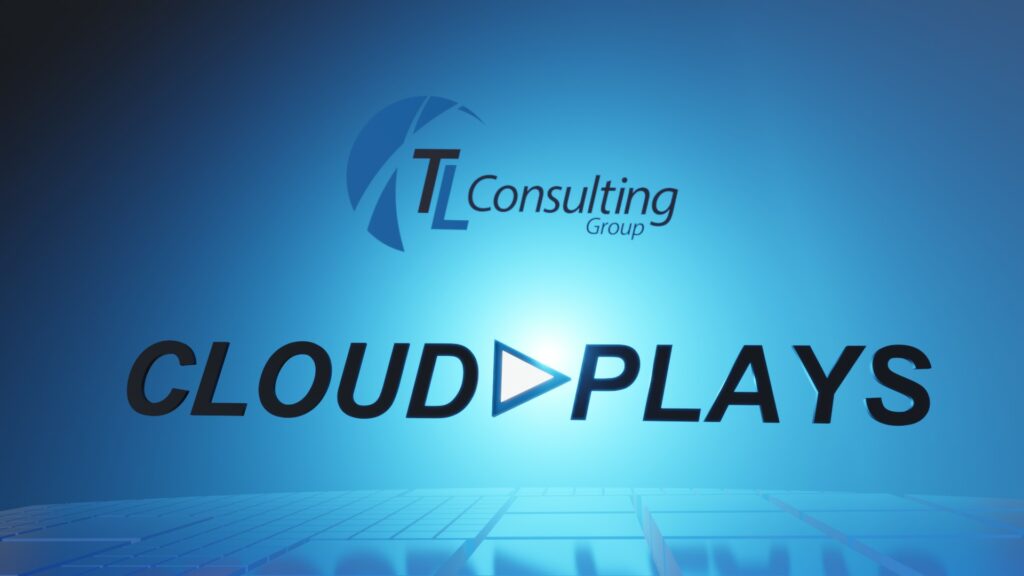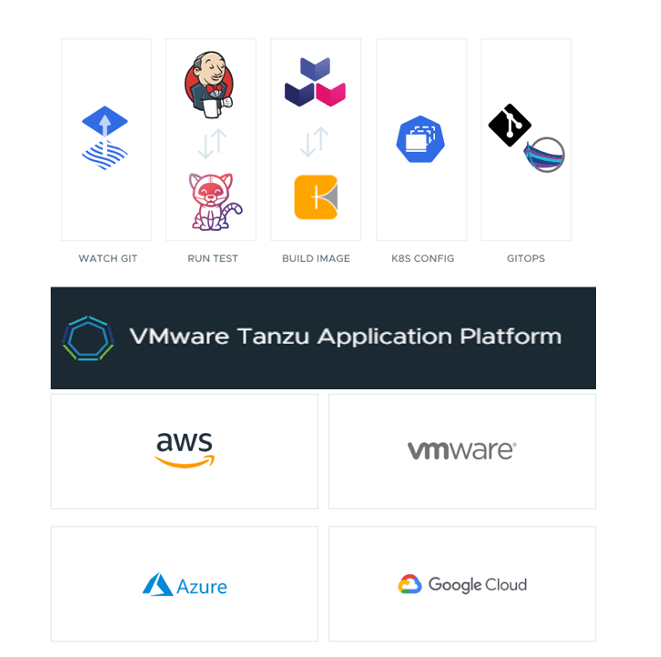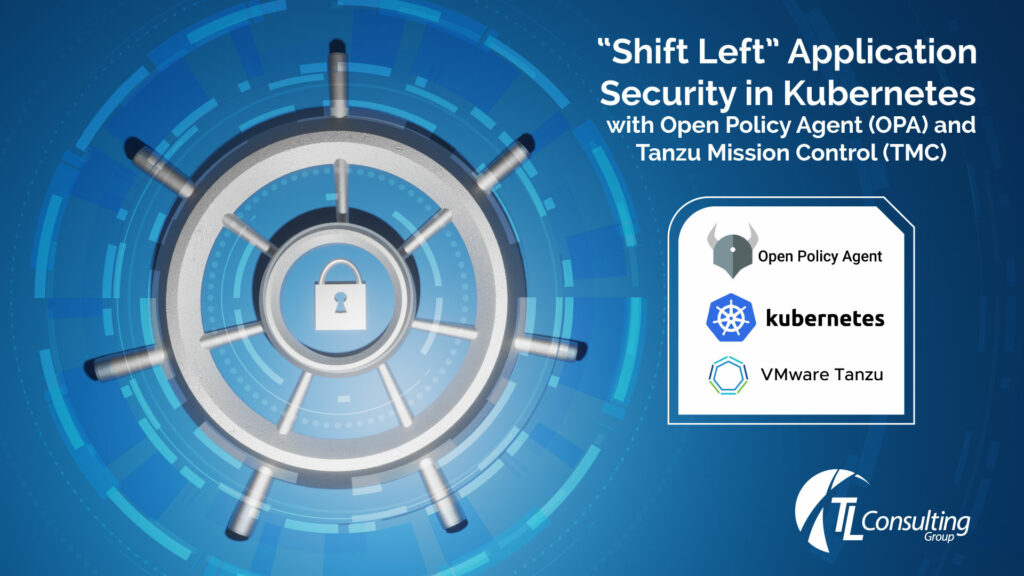Top Cloud Plays in 2023: Unlocking Innovation and Agility Cloud Computing has been around since the early 2000’s, while the technology landscape continues to evolve rapidly and adoption increased (20% CAGR), offering unprecedented opportunities for innovation and digital transformation. The meaning of digital transformation is also changing with cloud decision makers viewing Digital transformation as more than a “lift and shift”, instead they see vast opportunity within the Cloud ecosystems to help reinforce their long-term success. As businesses increasingly embrace cloud, certain cloud plays have emerged as key drivers of success, underpinned by companies including Microsoft, AWS, Google Cloud and VMWare who have all developed very strong technology ecosystems that have transitioned from a manual and costly Data Centre model. In this blog, we will explore the top cloud plays, from our perspective, that organisations should consider unlocking to reach their full potential in 2023. Multi-Cloud and Hybrid Cloud Strategies Multi-Cloud and Hybrid Cloud Strategies: Multi-cloud and hybrid cloud strategies have gained significant traction in 2023. Organisations are leveraging multiple cloud providers and combining public and private cloud environments to achieve greater flexibility, scalability, and resilience through their investment. Multi-cloud and hybrid cloud approaches allow businesses to choose the best services from different providers while maintaining control over critical data and applications. This strategy helps mitigate vendor lock-in leveraging Kubernetes Container orchestration, including AKS, EKS & GKE and VMWare Tanzu, optimise costs, and tailor cloud deployments to specific business requirements and use cases. Cloud-Native Application Development Cloud-Native Application Development: Cloud-native application development is a transformative cloud play that enables organisations to build and deploy applications, through optimised DevSecOps practices, specifically designed for advanced cloud environments. This model leverages containerization, CICD, microservices architecture, and orchestration platforms again emphasising Kubernetes, a strong Cloud Native foundational play. Cloud-native applications are designed to be highly scalable, resilient, and agile, allowing organisations to rapidly adapt to changing business needs. By embracing cloud-native development, businesses can accelerate time-to-market, improve scalability, and enhance developer productivity embedding strong Developer Experience (DevEx) practices. Serverless Computing Serverless computing: is a game-changer for businesses seeking to build applications without worrying about server management. With serverless computing, developers can focus solely on writing code while the cloud provider handles infrastructure provisioning and scaling. An example of this is Microsoft Azure Serverless Platform or AWS Lambda. This cloud play offers automatic scaling, cost optimisation, and event-driven architectures, allowing businesses to build highly scalable and cost-effective applications. Serverless computing simplifies development efforts, reduces operational overhead, and enables companies to quickly respond to changing application workloads. Cloud Security and Compliance Cloud security and compliance: are critical cloud plays that organisations cannot afford to overlook in 2023 particularly with recent data breaches at Optus and Medicare. Leveraging security as a foundational element of your cloud native journey is crucial for ensuring the protection, integrity, and compliance of your applications and data. Cloud providers offer robust security frameworks, encryption services, identity and access management solutions, and compliance certifications. By leveraging these cloud security products and practices, businesses can enhance their data protection, safeguard customer information, and ensure regulatory compliance. Strong security and compliance measures build trust, mitigate risks, and protect organisations from potential data breaches. Data Analytics and Machine Learning: Data analytics and machine learning (ML) are powerful cloud plays that drive data-driven decision-making and unlock actionable insights. Cloud providers offer advanced analytics and ML services that enable businesses to leverage their data effectively. By harnessing cloud-based data analytics and ML capabilities, businesses can gain valuable insights, predict trends, automate processes, and enhance customer experiences. These cloud plays empower organisations to extract value from their data, optimize operations, and drive innovation while providing an enhanced customer experience. As the evolution of Cloud Native, Multi-Cloud and Hybrid Cloud Strategies accelerate, strategically adopting the above drivers help enable innovation, agility, and business growth. Importantly Multi-cloud and hybrid cloud strategies provide enhanced security, flexibility, while cloud-native application development empowers rapid application deployment and better developer experience (DevEx), leveraging DevSecOps and Automation practices. These are critical initiatives to consider, if you are looking to advance your technology ecosystem and migrate and/or port workloads for optimum flexibility and Return on Investment (ROI). It is evident the traditional “lift and shift strategy” does not provide this level of value to the consumer. Instead, the above “on-demand cloud plays” may not be realised, with inefficient cloud resource management and unexpected expenses, leading to increased OPEX and TCO. By embracing these top cloud plays, it enables businesses investing in innovation to develop and deploy applications that can scale seamlessly on Cloud, adapting to changing customer demands, reduce TCO/ OPEX, accelerate time-to-market, maintain high availability and security, while future proofing themselves in this competitive digital landscape. For more information about Cloud, Cloud-Native, Data Analytics and more, visit our services page.


